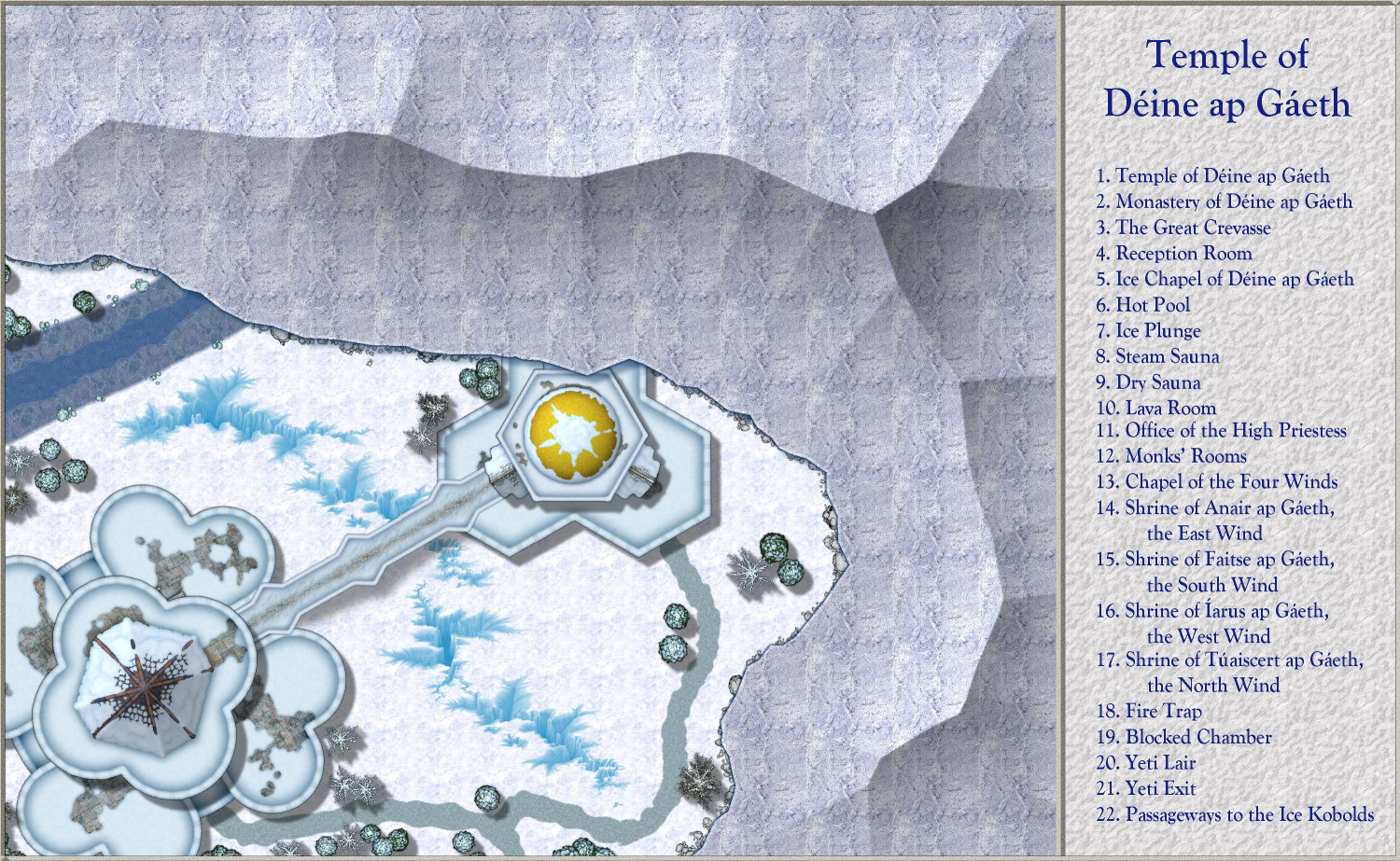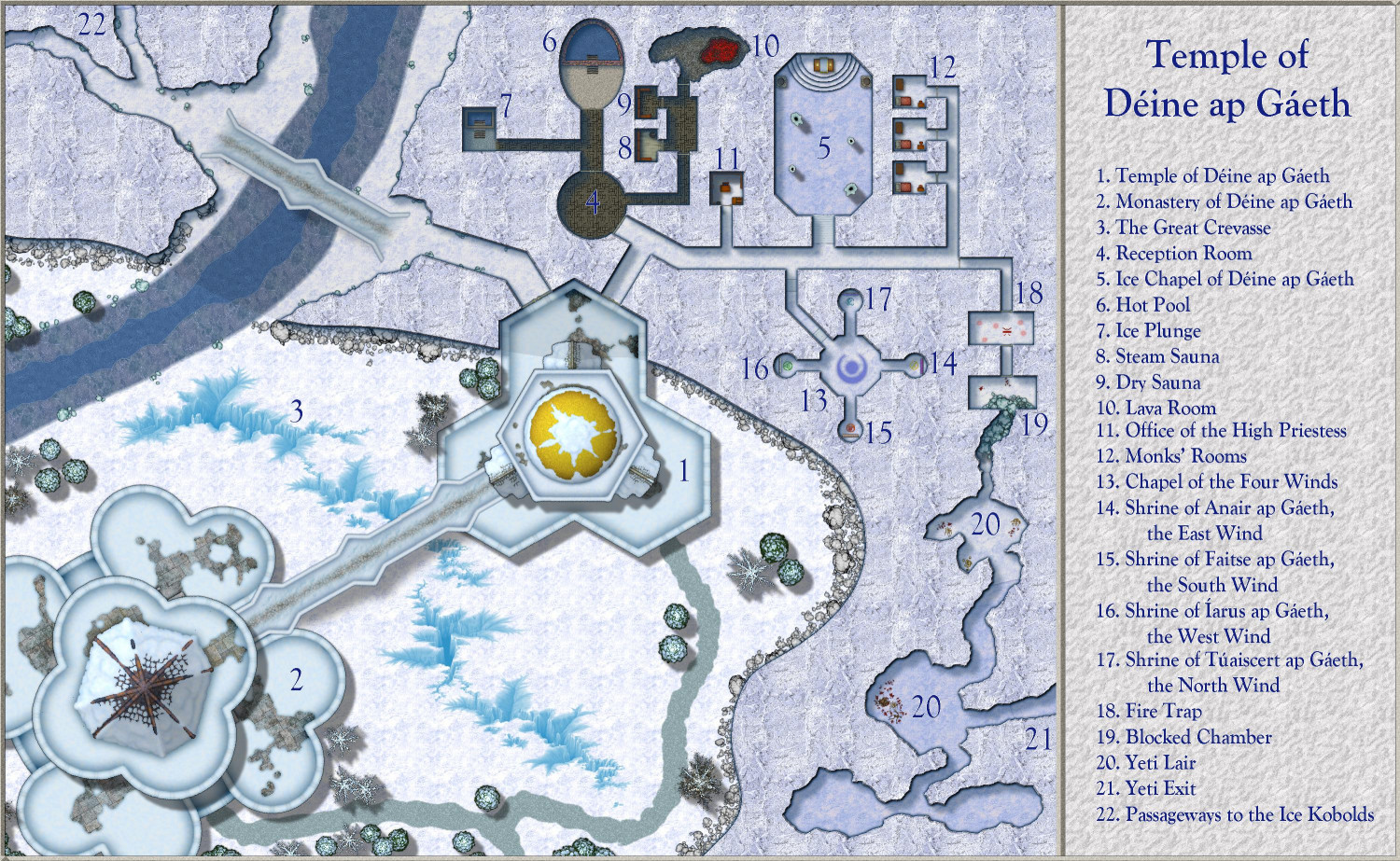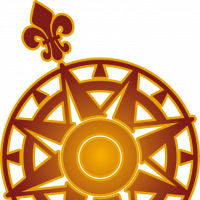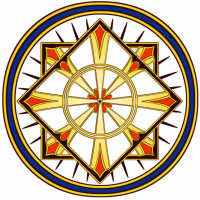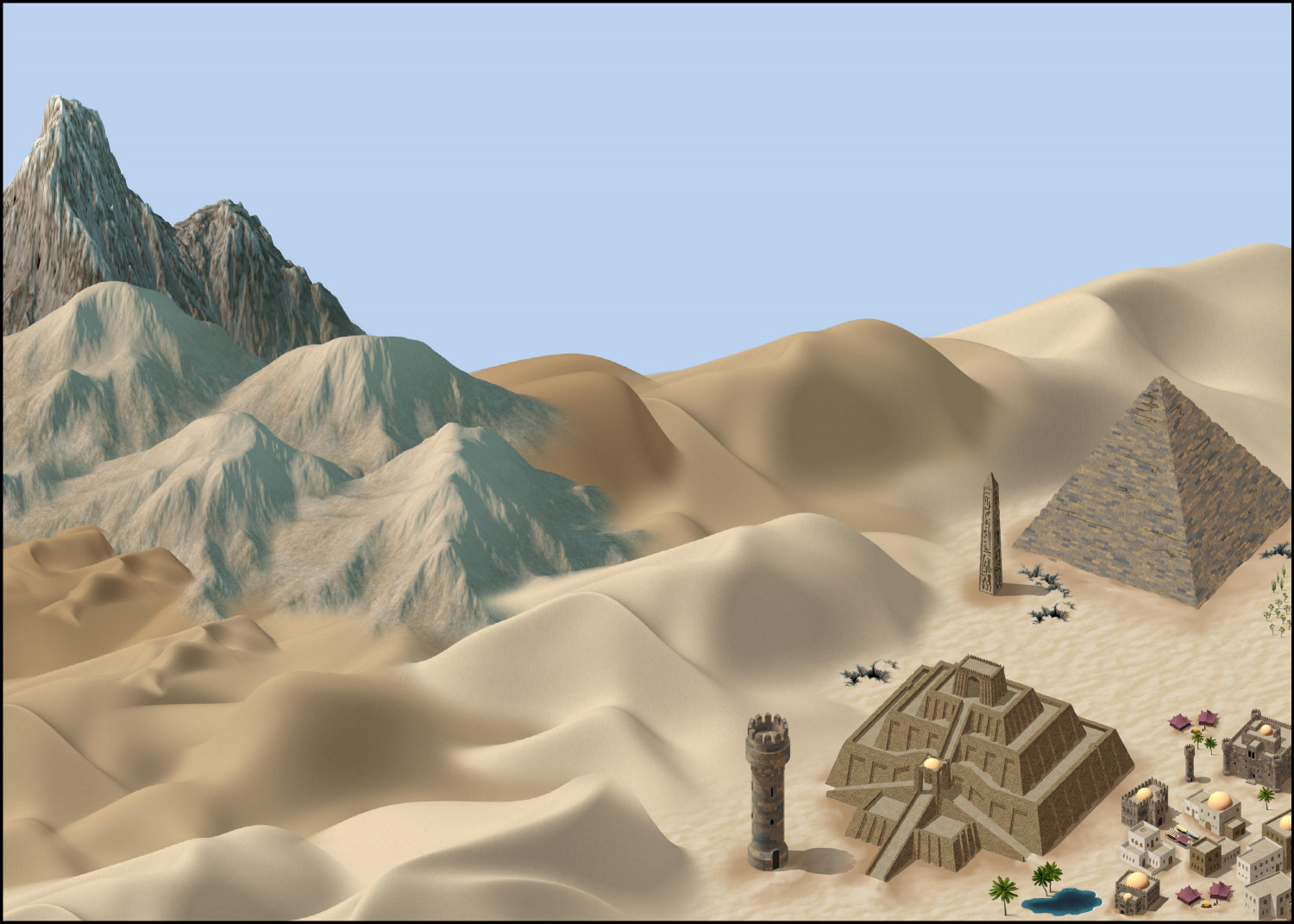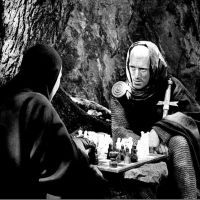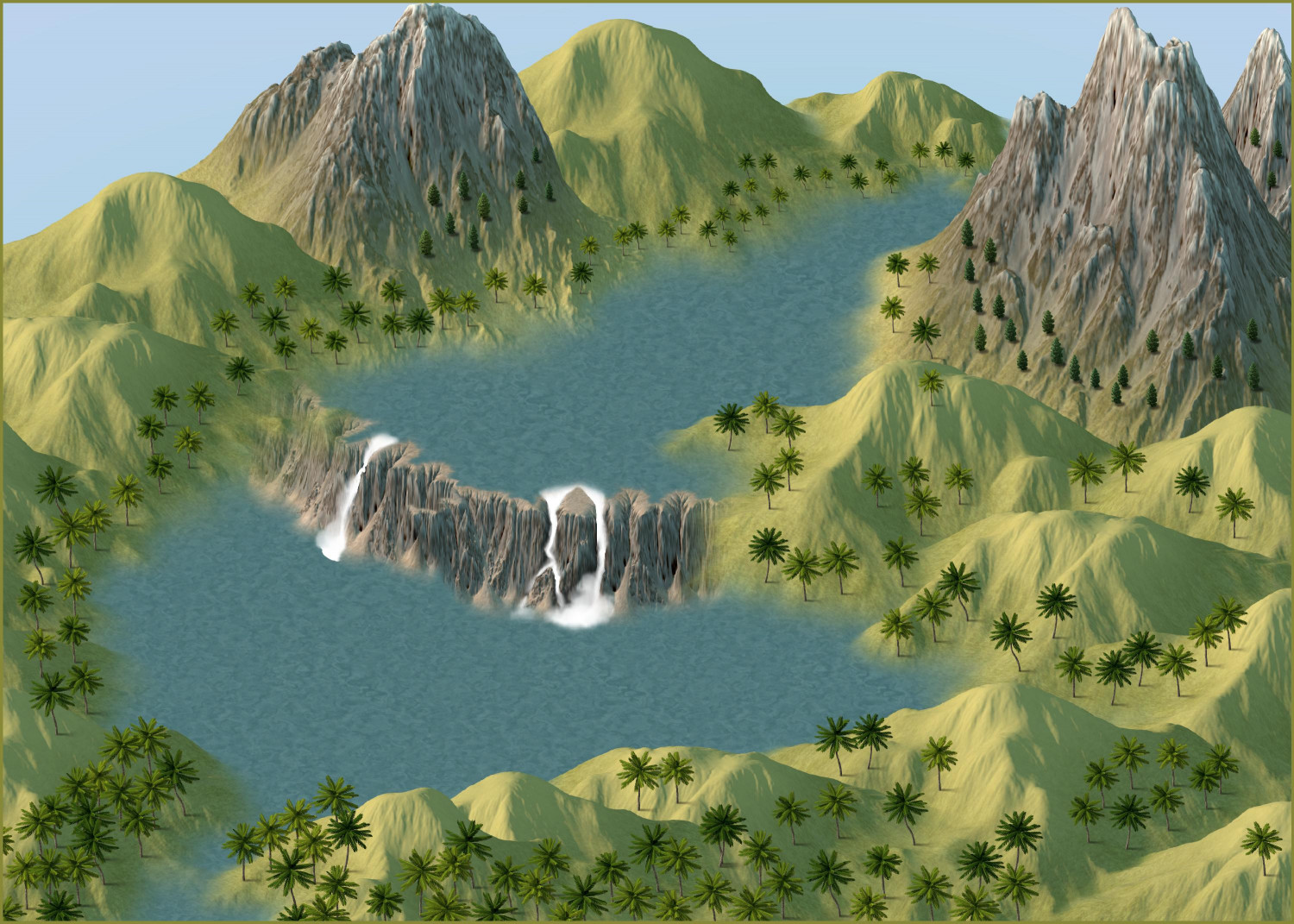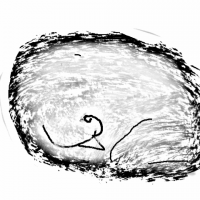Royal Scribe
Royal Scribe
About
- Username
- Royal Scribe
- Joined
- Visits
- 8,810
- Last Active
- Roles
- Member
- Points
- 3,198
- Birthday
- February 5, 1968
- Location
- San Francisco, California
- Real Name
- Kevin
- Rank
- Mapmaker
- Badges
- 16
Reactions
-
[WIP] Temple of Déine ap Gáeth
Temple of Déine ap Gáeth
In the human religion of the Áes Camáir, Déine ap Gáeth is the fourth of the five children of Camáir, the Goddess of Dawn and the mother of everything.
Déine ap Gáeth, the Snow Queen of the Áes Camáir, is the goddess of winter and storms. She lives on remote, snow-capped mountain peaks in a palace made of ice that is shrouded in perpetual fog. She is generally depicted with white hair and pale skin, dressed in garments that are silver and white with ice-blue accents. Though she is sometimes shown clad in all-white furs, she is more often shown wearing light clothing more appropriate for the summer for someone not immune to the cold as she is. She is seen as aloof and though certainly not evil, at least somewhat indifferent to the effects of harsh winters.
She is accompanied by Nathairsioc, a draconic spirit of wind and ice who is about the size of a large cat. She is also the mother of the Four Winds, whose father is believed to be a powerful elemental creature from the Plane of Air, perhaps the raw element of air or even The Féth itself, the mysterious fog that surrounds the palaces of the Áes Camáir. The Four Winds, who are considered to be demigods, serve as messengers of the gods and occasionally as liaisons between the gods and mortals. Though the Winds are not worshipped individually and have no priests dedicated to serving them, they do have shrines dedicated to placating and honoring them. It is said that there may be some warlocks for whom they serve as Celestial or Djinn patrons.
Although Déine is worshipped everywhere where the Áes Camáir’s followers live, her monasteries and the temples attached to them are generally located in snowy alpine and arctic environments, where her monks and priests are trained to survive in cold environments without special attire.
The Festival of Déine ap Gáeth, or Fayluh Déine, is a gift-giving holiday that begins on the Winter Solstice. In the Common Calendar, it also now marks the beginning of the new year.
At this temple, a bridge spans a great crevasse to connect the temple with its monastery. A portion of the temple has been carved into an icy bluff. Years ago, a family of yeti accidentally broke through to a portion of the temple. The priests and monks were able to drive back the yeti, and have subsequently sealed off that portion of the temple.
1. Temple of Déine ap Gáeth: The temple for worshipping Déine ap Gáeth also includes a chapel for the worship of other Áes Camáir gods. Visitors typically worship here instead of the below-ice chapels. It also includes office space for the priests as well as living quarters for the most senior priests. The northern wing is buried in the icy cliffs, with a ceiling of ice about 20 feet above the roof of the temple, allowing for roof access beneath the ice. Two doors can be found in this wing. The northwest door provides access to a passage to a bridge, beyond which are tunnels extended for miles to a settlement of kobolds who some believe serve an old white dragon. The northeast door provides access to the subterranean portions of the temple. Another door on the southeast wing provides access to a road that winds around the rift. The primary entrance, however, is on an upper level reached from a bridge that spans across the crevasse to connect the temple with the monastery.
2. Monastery of Déine ap Gáeth: Here, monks and acolytes live and train for service to Déine ap Gáeth. From an upper level, a bridge extends across the crevasse to connect with the Temple.
3. The Great Crevasse: This massive rift in the ice and rock extends to unknown depths, and many have lost their lives falling in. Some claim that the rift provides access to the paraelemental plane of Ice, located on the border between the planes of Air and Water. Others claim that Déine’s own palace in the heavens can be accessed through the rift.
4. Reception Room: A gathering area for the below-ice temple. Though most of the below-ice temple has icy floors, this room has flagstone flooring.
5. Ice Chapel of Déine ap Gáeth: Religious services here are primarily for the priests and monks who live at the temple and monastery, as visitors generally worship in the anove-ground temple. An altar appears on a dais carved from ice, flanked by fonts of holy water on either side of the dais.
6. Hot Pool: Half of this oval-shaped room is used by a steaming pool as hot as any bath. The water is heated in pipes that extend from the Lava Room (#10). The floor is a white marble.
7. Ice Plunge: Once they have become warm in the hot bath or the saunas, some monks and priests like to plunge into a cold bath in this room, before returning to the saunas or baths to warm up again. The floor is blue tiles.
8. Steam Sauna: Water is poured over rocks heated by a brazier to provide for a warm, steamy environment.
9. Dry Sauna: No steam in this sauna, just a dry heat.
10. Lava Room: A tiny crevasse reveals a pit of lava that is used to heat the hot pool and saunas.
11. Office of the High Priestess: The high priest or (currently) priestess has an office here as well as in the main temple. This office is primarily used for changing into vestments before religious ceremonies.
12. Monks’ Rooms: Monks and acolytes who have completed their education typically spend a month living in these icy rooms before taking their final vows.
13. Chapel of the Four Winds: The Four Winds are sons of Déine ap Gáeth, demigods who serve as messengers of the gods. This main room has branches along the cardinal compass points to smaller shrines for each Wind.
14. Shrine of Anair ap Gáeth, the East Wind: Anair ap Gáeth, the East Wind, is seen as a bringer of warm rains. He is associated with the summer.
15. Shrine of Faitse ap Gáeth, the South Wind: Faitse ap Gáeth, the South Wind, is associated with the desiccating, hot wind of late summer and autumn.
16. Shrine of Íarus ap Gáeth, the West Wind: Íarus ap Gáeth, the West Wind, is the most gentle and favorable of the winds. He is associated with flowers, springtime, and procreation. In myths, he is presented as the tender breeze,
17. Shrine of Túaiscert ap Gáeth, the North Wind: Túaiscert ap Gáeth is the cold wind from the north. He is associated with storms and winter. He is depicted as being very strong, with a violent temper to match.
18. Fire Trap: Two locked stone doors block access to this room, once a storage room before the yeti broke through to this part of the temple. The priests have also added a Glyph of Fire here to keep the yeti at bay.
19. Blocked Chamber: In this chamber, the priests have used their divine powers to bring down an avalanche of icy rocks to block access to the yeti family’s home.
20. Yeti Lair: A family of yeti are believed to still dwell in these icy caves.
21. Yeti Exit: A passageway extends for nearly a mile below the ice before providing an exit. This allows the yeti to come and go while avoiding the priests who wield fire to keep them at bay.
22. Passageways to the Ice Kobolds: These passageways extend for many miles before reaching a settlement of kobolds who are said to worship or serve an old white dragon. The priests of Déine ap Gáeth have reached a truce with the kobolds, and occasionally trade goods and services with them.
-
[WIP] Temple of Déine ap Gáeth
This cold weather here (which is not so cold for most of you -- it's 60 degrees Fahrenheit, or 15.6 Celsius, in San Francisco today) keeps inspiring me to do winter-themed maps. This one is my first use of the Ice Caverns dungeons from the CA189 annual from 2022.
In my campaign world, one of the human religions I've created is the Áes Camáir, a religion that is loosely inspired by Celtic mythology. The primary gods are the five "Children of Dawn" and their offspring. One of those five is Déine ap Gáeth, the goddess of winter and storms. (I realized some time after creating her that I was subconsciously recreating Elsa from Frozen.)
This temple and attached monastery is in an arctic environment, with part of the temple built above-ground and part below, which allowed me to also use some structures from Winter Village. The icy crevasse comes from Spectrum Overlands.
Here are the above and below maps, with description to follow.
-
[WIP] Spectrum Desert
-
[WIP] Spectrum Overland Waterfalls x 2
Did another approach using Ricko's techniques. (Thank you!) Tried it where the waterline ended before the hills, so they had the sharper edges and edge effects. Then I redrew the water so the edges were under the hills. I rather like the softer effect of the water line. Thought about using the swamp trees but decided to stick with the palms (and a few conifers near the rocky peaks).
-
[WIP] The Mad Tea Party
I haven't done much with isometric symbols or Perspectives, but I decided to create an outdoor party scene inspired by the Mad Hatter's Tea Party from Alice in Wonderland. Still getting the hang of Perspectives and how to maneuver everything into the right spot. (Spent a lot of time trying to get the chairs in the right positions!)
I was going to make the toadstools as large as trees, but I thought they looked better sized like large bushes.
It's meant to be a birthday party, with tables of (unwrapped) presents off to the side.
Although Perspectives comes with great symbols for all sorts of food and all the silverware, I was surprised that I couldn't find glasses, goblets, mugs, (or tea cups and a tea pot), or other drinking vessels. Unless I missed them, I guess the guests will have to drink straight out of the bottle.



